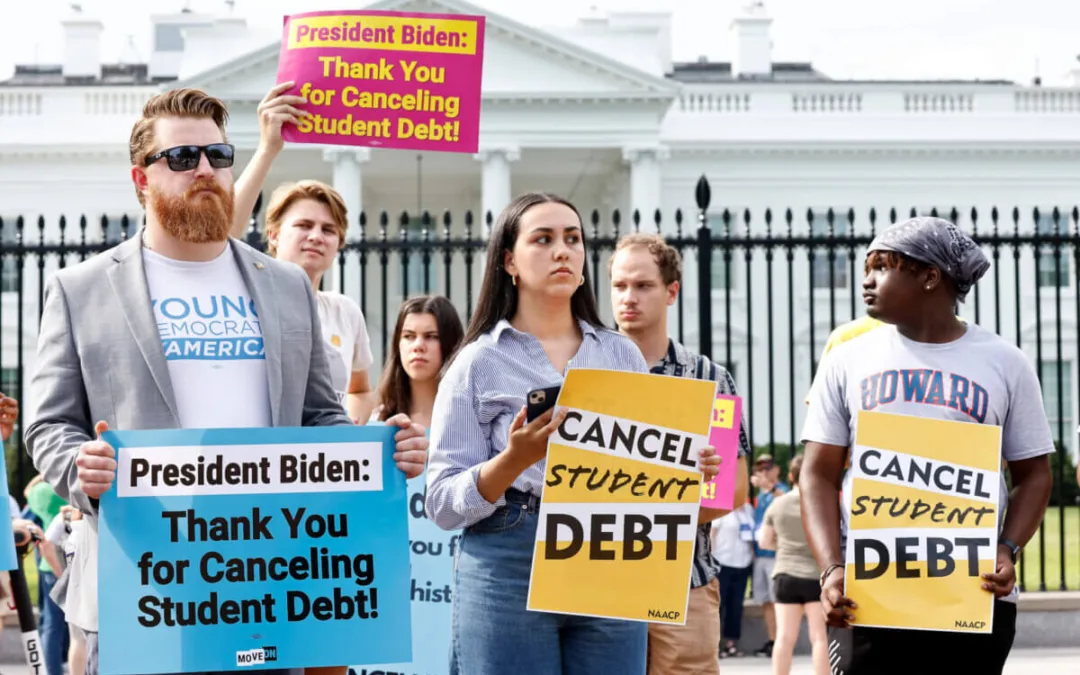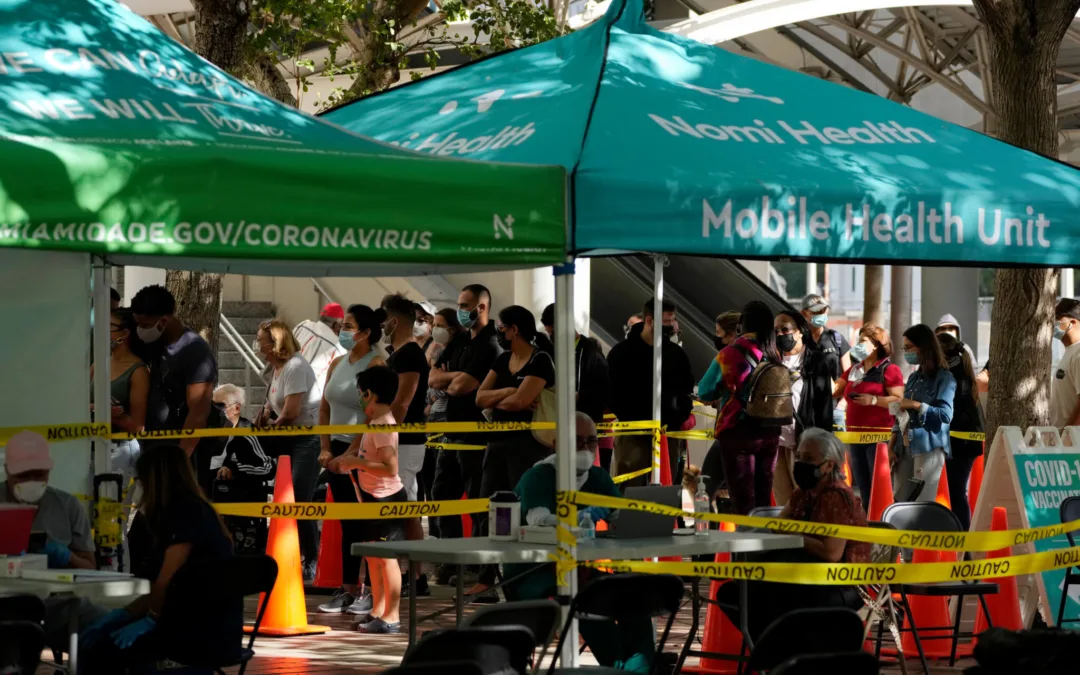
Latino families are in the crossfire between the push to reopen schools and being disproportionately ravaged by the COVID-19 pandemic.
Controversial plans for reopening schools this fall are surfacing new decisions and worry for Latino families. Nearly 9 in 10 Latino teens worry about someone in their home getting sick with the COVID-19 virus and the resulting additional economic hardship for their families.
For many Latinos, the COVID-19 pandemic meant continuing to work essential jobs that put them and their loved ones at high risk of contagion.
According to the Center for Disease Control (CDC), Hispanics are 4 times more likely to be hospitalized for the COVID-19 virus than white non-Hispanics. For Latinos with school-aged children, it also meant supporting virtual learning at home with a lack of adequate technology and spotty support from schools, especially for low-income students.
RELATED: Nearly 17,000 Children Have Now Tested Positive for
In the midst of a global pandemic, the U.S. Department of Education (USDOE) could provide direction and support to ensure both health and the effective continuation of learning. Instead, U.S. Secretary of Education Betsy DeVos is prioritizing reopening the economy over health, even contradicting guidance from the CDC.
The CDC has encouraged schools to develop plans for the unique needs and conditions in their community. The CDC guidelines outline three levels of risk. The lowest risk entails only virtual classes, while the highest risk involves reopening schools in the traditional in-person approach.
“We want to get them open quickly, beautifully, in the fall,” said President Trump on July 7. However, many traditional classrooms across the U.S. are usually overcrowded, with the average secondary school classroom having 26.8 students. Reopening schools in the most traditional in-person way entail placing teachers and students at risk of contagion of an airborne virus that is currently not under control.
RELATED: This Map Shows You Where COVID Is Spreading Right Now
DeVos has taken the partisan position of prioritizing the riskiest approach for reopening schools, adding that federal resources could be made available directly to families to choose private virtual education. This would in essence serve as a voucher program, benefitting already resourceful families ready to navigate the complex process of changing schools or finding adequate alternatives to public education.
In Florida, the Department of Education released a plan that prioritizes in-person instruction. In alignment with President Trump’s priorities, on July 6 Richard Corcoran, Commissioner of the Florida Department of Education, issued an executive order ordering the reopening of “brick and mortar” schools in August “at least five days per week for all students.”
Miami-Dade Schools Superintendent Alberto Carvahlo, challenged the executive order, arguing that the community conditions and needs must be prioritized and that a one-size-fits-all approach will not work.
RELATED: Daequan Wimberly: What We Know About Florida’s Youngest COVID Victim
While President Trump focuses on the low-rate at which children become gravely ill with the COVID-19 virus, teachers and school staff demand their health and life be fully considered. They worry an early return to in-person schooling will put their lives at risk.
Latino families want to know what measures will be taken to ensure their children are safe and how schools will handle coronavirus outbreaks. Yet, restarting the economy and re-election, above all else, seem to be the drivers behind all postures and decisions of the Trump administration, including now reopening schools in the fall in the riskiest way possible.
Politics

Teamsters and UPS Reach Tentative Deal to Avoid Strike, 340,000 Workers to Get Raises
The tentative deal represents a huge win for full- and part-time UPS Teamster workers, who would get significant pay raises and better working...



One Republican Senator Is Blocking 265 Military Promotions, Leaving the Marines Without a Confirmed Leader
Sen. Tommy Tuberville's decision means these military officers are not getting the pay raises they’re owed, cannot move their families to wherever...
Local News



Teamsters and UPS Reach Tentative Deal to Avoid Strike, 340,000 Workers to Get Raises
The tentative deal represents a huge win for full- and part-time UPS Teamster workers, who would get significant pay raises and better working...



One Republican Senator Is Blocking 265 Military Promotions, Leaving the Marines Without a Confirmed Leader
Sen. Tommy Tuberville's decision means these military officers are not getting the pay raises they’re owed, cannot move their families to wherever...




